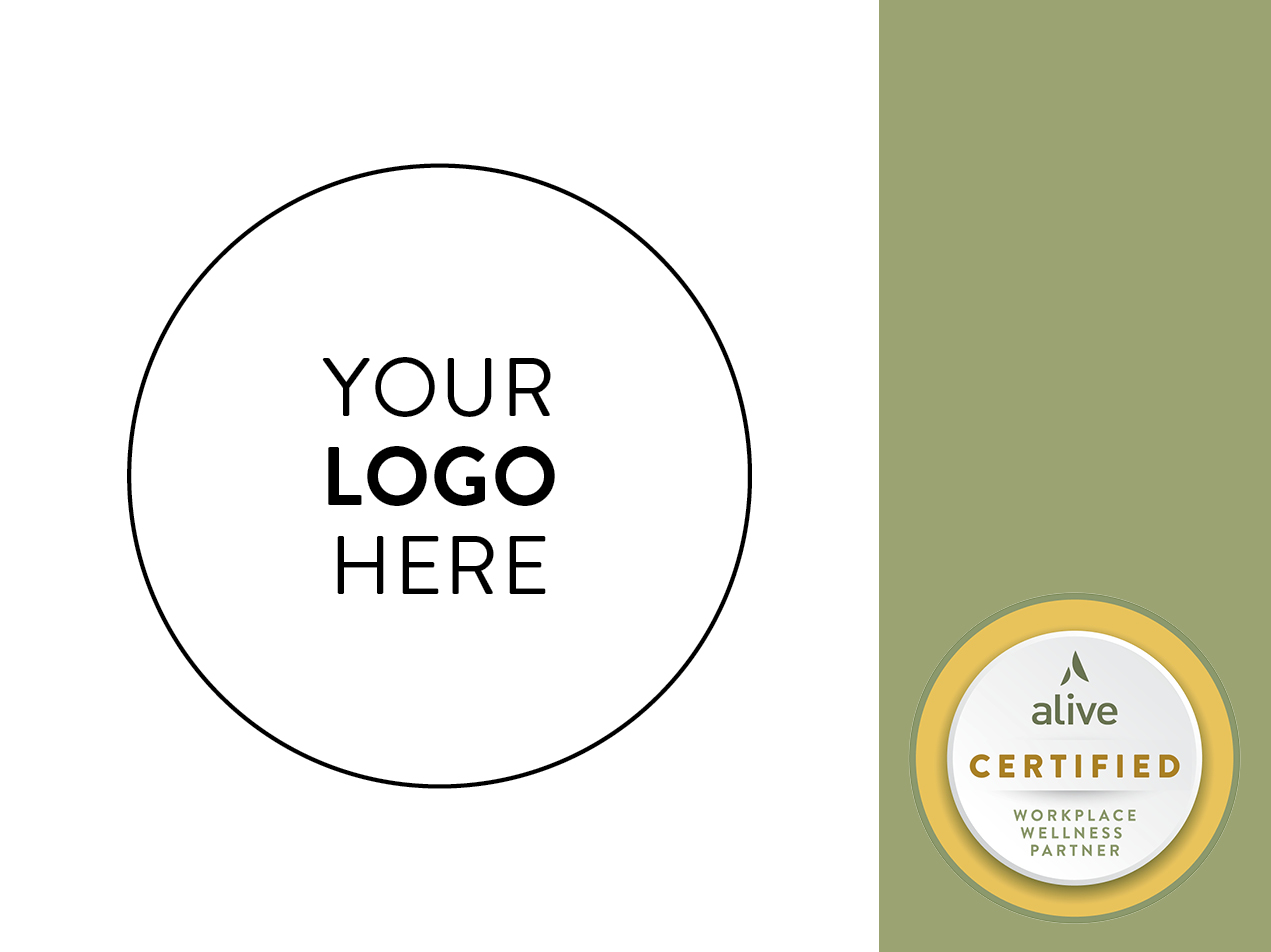
Never before in history have we looked down toward our feet with such frequency and duration. “Text neck” and other back problems are serious health concerns that result directly from continuously staring down with a flexed neck, curved spine, and rounded shoulders as we communicate and play games via mobile devices.
The hidden cost of mobile devices
People underestimate the extent of the detriment that holding and viewing mobile devices for even short lengths of time may cause to the musculoskeletal system. Unless we straighten up, take considerably more tech breaks, and teach our kids to do the same, we are setting up ourselves, and the next generation, for serious health issues that may be difficult to correct.
Text neck
Text neck is caused by flexion, when a joint angle is decreased (as when the chin draws toward the chest to view a mobile screen).
A 2010 study of university students observed almost 93 percent of males and 90 percent of females with a flexed neck while texting on their mobile devices. A similar study found that most university students experience pain in at least one part of the body, and that heavy texters and gamers were at the highest risk for reporting pain in the hand, shoulder, or neck.
Destructive workout
Consider texting or video gaming akin to a workout, except that these particular workouts train the body’s joints to become misaligned.
When the neck is flexed, a network of muscles engages to hold the head in place. Since the average human head weighs 10 to 12 lb (4 to 5 kg), that’s like hanging a dumbbell around the neck.
Long held positions tend to cause some muscles to become overstretched, and others to become overtight. The result is a muscle imbalance that chronically stresses the joints.
Posture perfect
Parents who observe their children’s poor posture while using devices must intervene during this sensitive formative period when bodies are growing and taking shape.
Kids’ posture test
The wall posture test is a simple way for parents to keep an eye on children’s posture. The same test also serves as a simple and powerful exercise that kids can do on a regular basis to prevent imbalances and restore alignment.
- Have your child stand with his or her back against a wall with feet hip width apart and heels about 5 in (13 cm) away from the wall.
- Ask your child to contact the wall with three parts of his or her body: buttocks, upper back, and back of the head.
- Observe your child’s profile from the side.
- Do the back of the shoulders naturally connect with the wall?
- Does the head contact the wall while the eyes remain facing straight ahead and the chin remains down?
- Do the earlobes line up directly over the middle of the side of the shoulder?
If you answered “no” to any of these questions, your child may be exhibiting the early stages of posture-related muscle imbalances that are pulling the skeletal system out of alignment. To restore alignment, have your child stand for one minute daily in this position to strengthen the muscles that have become overstretched and weak, and to stretch the muscles that have become shortened from too much gaming or texting.


